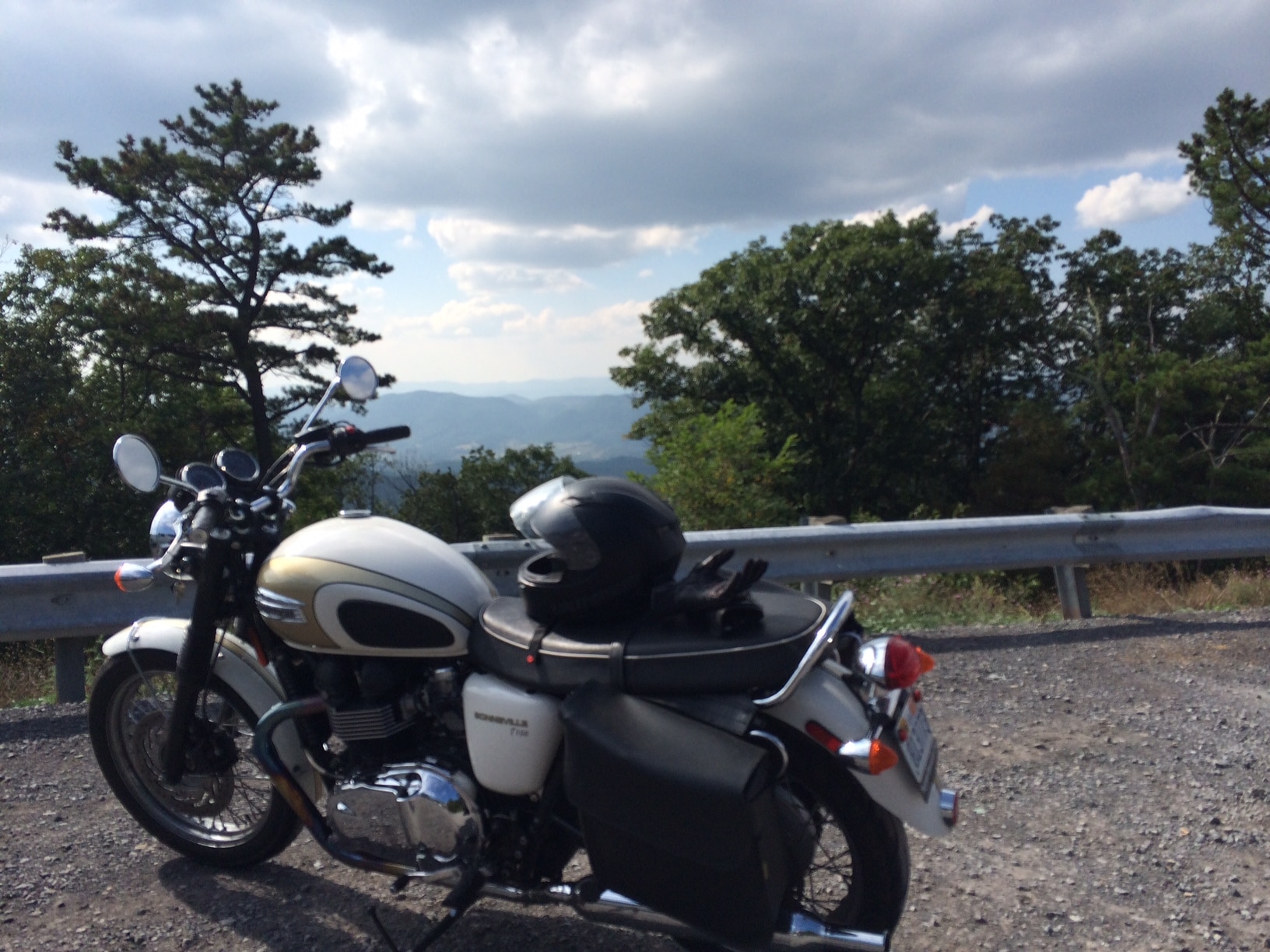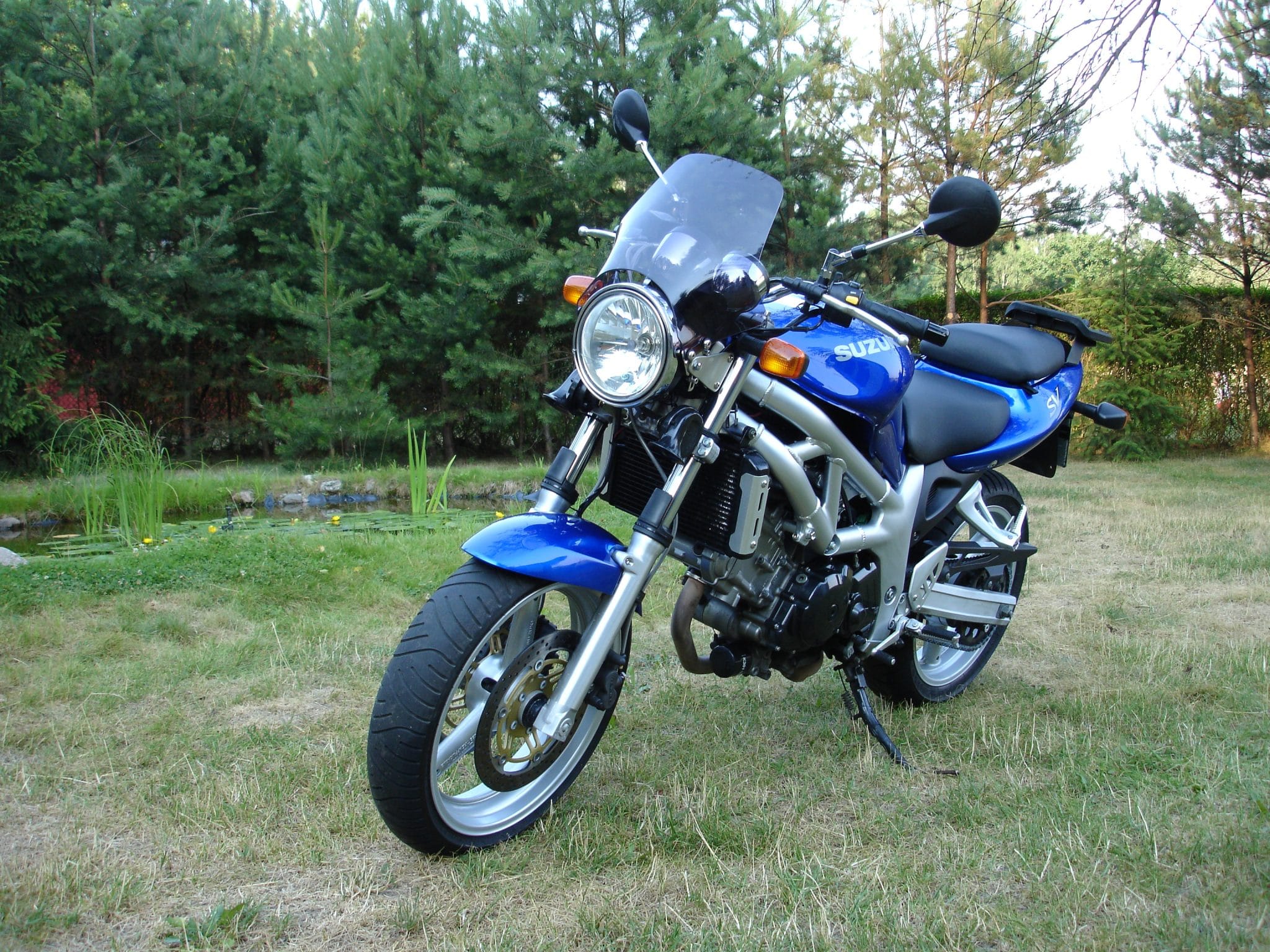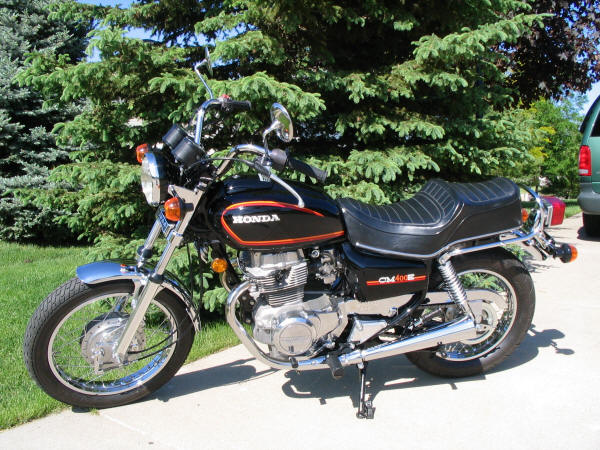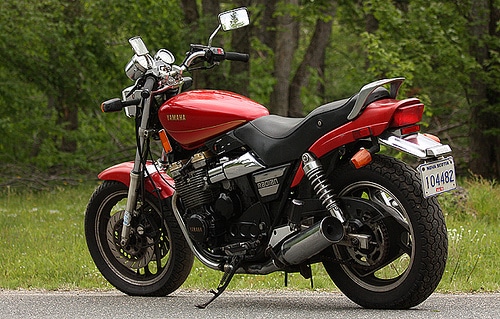Triumph Bonneville T100 Review
I rented a Triumph Bonneville T100 and drove it over 400 miles in a day. I wasn’t really entertaining purchasing one beforehand, but afterward I was left thinking it would be a strong contender for my next bike. While it ultimately did not end up working out that way – it was defintely good enough to warrant the consideration.
The T100 is a variant of the Bonneville, which itself is an ode to a bike which has been produced twice in the past by two separate companies. The first production run started in 1959 and went through the mid 80’s. The latest incarnation launched in 2001, and while the layout, design, and style of the modern version is mostly unchanged from its ancestors, it is for all intensive purposes a modern motorcycle…it certainly drives like one. The T100 has fuel injection (although disguised to look like carburetors), disc brakes front and back, and modern indicators.
Perhaps this bike’s greatest strength is its versatility. The bike’s light to midweight, weighing in dry about 450lbs/dry and 500lbs/wet. The seating position is neutral and upright. I’m 5’10” and the normal seating position required a slight backward bend at the knees and a bit of a forward lean to reach the bars. The bike handles very well at speed in the twisties, has ample clearance, and handles decently at speed over 15 mph. On the highway, the bike is poised, stable, confidence inspiring, and quite enjoyable. It has plenty of passing power, and the 4500 RPM it runs at 80mph isn’t overly buzzy or taxing on the parallel twin. For a bike without any fairing or windscreen, the wind buffeting is surprisingly minimal. The midsection of my body seemed like it was somewhat protected from oncoming wind by the tank and bars/gauges, which made back/neck fatigue less of an issue when on the highway for long periods.
This bike is much larger and heavier than a classic Bonneville. As with motorcycles in general, it has grown up over the years to have not only a larger engine but be generally larger all around. When I got on this bike, I was expecting something really light, nimble, raw, and tossable. Instead, the Bonnie seemed much more poised, stable, and grown up. The newer Bonneville has a wheelbase of 59 inches, while the older models were 56 inches. Those three inches definitely make a noticeable difference in how nimble the bike feels (much less so). However, the added weight, size, and wheelbase do make the bike a lot more capable on longer highway trips. If done up with the right aftermarket parts this bike would definitely make a decent midsize traveling bike.
The Triumph does have some downsides, most notably the seat, which got uncomfortable very quickly into my journey. Surprising, because the seat is wide and looks like it had adequate padding. Nonetheless, an hour or so in into my ride, my butt was already pretty sore. Although the seat looks like a flat slab, under the cover there is some indentation delineating the seating positions. There are a lot of after market seat options available if you’re going to be putting in longer rides on the bike and comfort is a priority.
Handling at very slow speeds, roughly 1-10mph, u-turns etc, the bike was not as maneuverable as I would have liked. Perhaps the 19′ front wheel is partly to blame, the t100 has a 19F/17R wheel setup, while the vanilla Bonneville has a 17F/17R setup. Also, while the exhaust note with the pea-shooter pipes is really enjoyable, it is a bit on the quite side, I often wished I could hear it a bit more. Perhaps that’s best left to after market modification.
As a final thought, if you are looking for a used T100 or older Bonnie at this point, I would likely recommend against the T100 – it has spoked wheels and makes it a lot more difficult to accomodate radial tires, as most radials can only be run tubeless. The older standard Bonnies can be found with cast wheels, and actually came with radials as oem.





